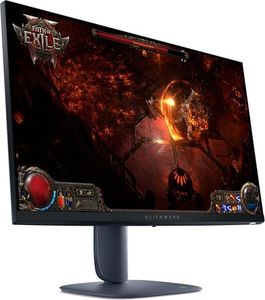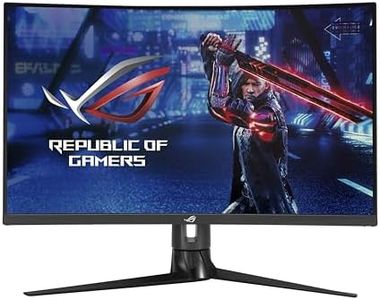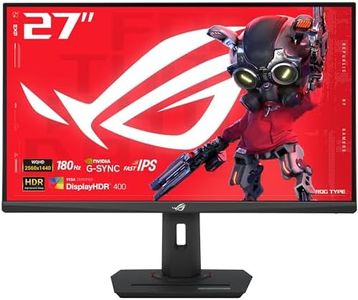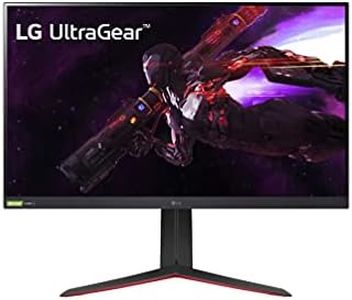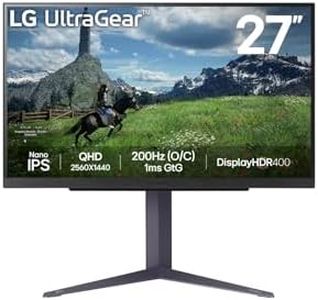We Use CookiesWe use cookies to enhance the security, performance,
functionality and for analytical and promotional activities. By continuing to browse this site you
are agreeing to our privacy policy
10 Best 1440p Gaming Monitors
From leading brands and best sellers available on the web.Buying Guide for the Best 1440p Gaming Monitors
Choosing the right 1440p gaming monitor can significantly improve your gaming experience, offering a balance between image detail and smooth performance. When shopping, it's essential to match a monitor's features with your gaming style and what you want visually from your games. Don't just go for the flashiest option—think about how and what you play most, your available space, and the capabilities of your gaming PC or console.Resolution1440p refers to a resolution of 2560x1440 pixels, providing more detail than Full HD (1080p) but not as demanding as 4K. This balance makes it popular for gaming, delivering crisp visuals without being too heavy on your graphics card. All 1440p monitors share this resolution, but the benefit is most noticeable on screens from about 24 to 32 inches. If you sit close, you'll notice increased sharpness; if you want a larger screen, 1440p helps keep images clear.
Refresh RateRefresh rate is how many times per second the screen updates (measured in Hz). For gaming, 60Hz is the entry point, 75-100Hz offers smoother movement, and 120Hz or higher (like 144Hz, 165Hz, or 240Hz) is preferred for fast-paced games. If you mostly play action or competitive shooters, go for at least 120Hz. For slower-paced or casual games, a lower refresh rate can still look good, but higher rates always provide a smoother sensation.
Panel TypeGaming monitors commonly use IPS, VA, or TN panels. IPS panels offer great colors and wide viewing angles but may have slightly slower response times. VA panels are known for deep contrast but can have slower pixel response. TN panels are fastest but have less color accuracy and viewing angle. If you care about vibrant visuals in story-driven or open-world games, IPS is best. If competitive speed is crucial, consider TN or a fast IPS; for deep blacks and movie use, VA shines.
Response TimeResponse time tells you how quickly a pixel can change from one color to another, directly affecting image clarity in fast scenes. Lower numbers (measured in milliseconds, ms) are better for gaming—1-3ms is excellent, 4-5ms is typical for high-quality panels, and above that can show more motion blur. If you mostly play shooters or racing games, go for the lowest response time; for slower games, it's less important.
Adaptive Sync TechnologyFeatures like G-Sync (for NVIDIA cards) and FreeSync (for AMD cards) help reduce screen tearing and stutter by synchronizing the monitor’s refresh rate with your graphics card’s output. It's extremely useful if your frame rates tend to fluctuate, making your visuals smoother. Pick a monitor that matches your graphics card brand and supports your preferred adaptive sync technology for the best experience.
Screen Size and Curve1440p monitors come in many sizes, with 27 inches a common sweet spot for balancing clarity and immersion. Larger sizes (32 inches and up) are more immersive but can make pixels more visible if you sit too close. Curved monitors wrap more of the screen into your field of view, which can help with immersion, especially on ultrawide models, but are a personal preference. Consider your desk space and how far you sit from the screen when picking size and curve.
ConnectivityModern gaming monitors provide HDMI and DisplayPort connections, and sometimes USB ports for accessories. For the best refresh rates and features, DisplayPort or the latest HDMI versions are usually required. Make sure your PC or console supports the monitor's top features through its output connections. If you want to use multiple devices or charge accessories, look for a monitor with more ports.
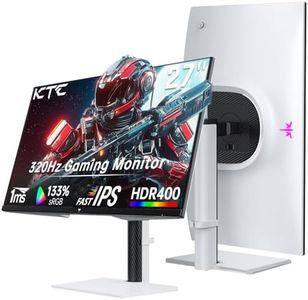
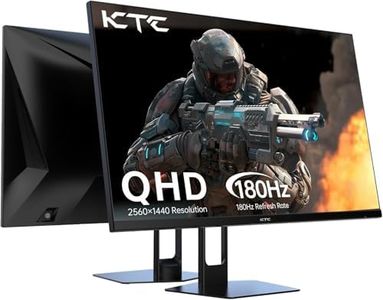
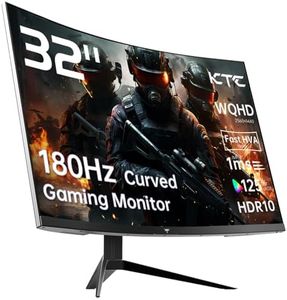
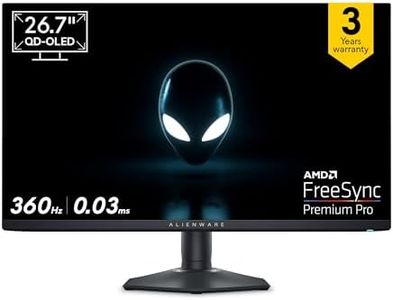
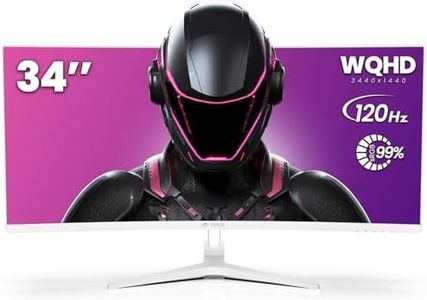
![PRISM+ XQ340 PRO 34" QLED 1ms Curved Ultrawide WQHD [3440 x 1440] Adaptive Sync Gaming Monitor](https://images-proxy.bestreviews.guide/3ORsjxMFLyKvkkehb5A9j7Xvxx8=/0x300/https://m.media-amazon.com/images/I/41nYIVcAHfL._AC_CX679_.jpg)

